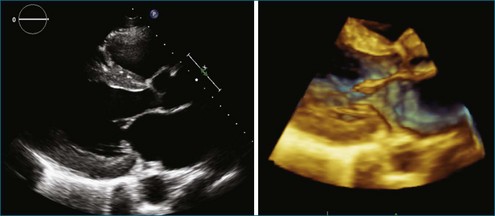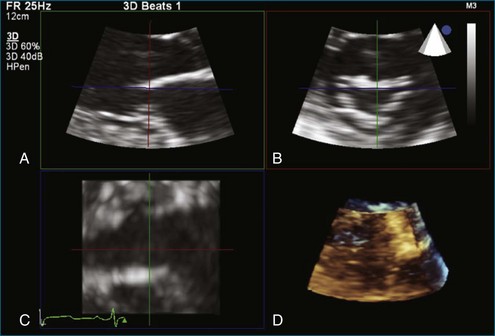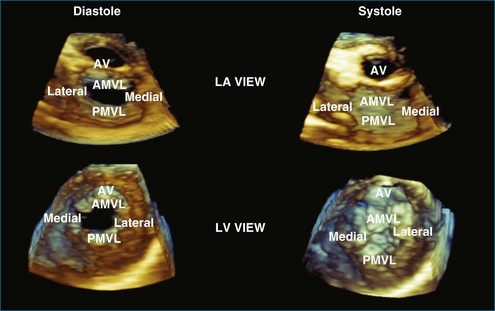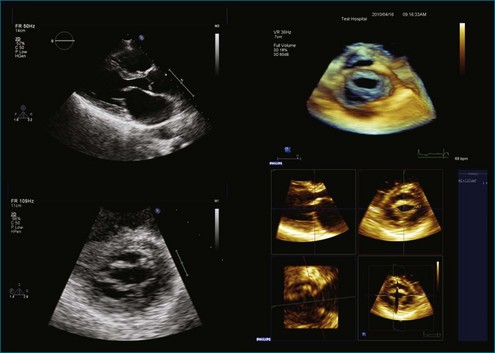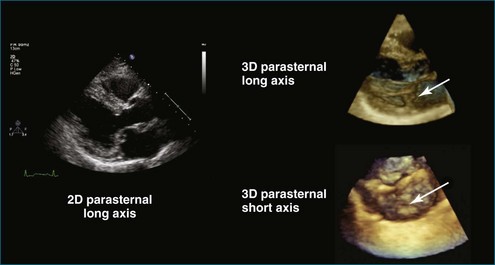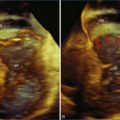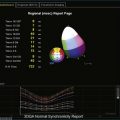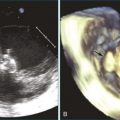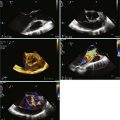Chapter 2 Integration of Three-Dimensional Echocardiography in Routine Clinical Practice
Introduction
Many advantages to using RT3DE have been shown by a large body of literature within the past 20 years. RT3DE accurately renders volumes that are more comparable with those of magnetic resonance imaging1 because of its ability to obtain nonforeshortened images and semiautomated border detection unconstrained by geometry.2 RT3DE is more accurate than 2DE for analysis of mitral stenosis, particularly the valve area determined by planimetry.3
Three-Dimensional Methodology
Transducer Technology
Several ultrasound vendors offer products with 3D imaging capabilities incorporated into a 2D imaging probe or an independent 3D imaging probe. With advanced electronics, significant miniaturization has resulted in a fully sampled 3D transesophageal echocardiography probe. Obviously, having one integrated 2D-3D transducer is key, particularly when trying to promote an imaging protocol with 3D imaging. However, in systems with separate 2D and 3D transducers, 3D imaging could be performed after the 2D standard protocol is obtained or even prior to the 2D exam (see Chapter 3). Essentially, the balance of spatial resolution and frame rate is more evident in 3DE compared with 2DE.
Three-Dimensional Imaging
Mitral and Aortic Valves
The parasternal long-axis or sagittal view usually is the starting point in most 2DE studies. After obtaining the 2D image, an RT3DE image can be obtained in the same view (Figure 2-1). Typically, adjustments of gain, time-gain compensation, and compression are used to optimize this image. This image can be acquired or used to prepare for zoom imaging of the mitral or aortic valve.
Zoom imaging of the mitral valve is shown in a multiplanar view in Figure 2-2. The RT3DE zoomed view of the mitral valve is displayed from the left atrial and left ventricular views. These views are acquired from one dataset and can be stored for later processing (Figure 2-3). In general, valve structures are shown as if visualized from a surgical perspective and also from a ventricular perspective. In the case of mitral stenosis and mitral valve prolapse, RT3DE imaging provides unique views of this pathology and enables the estimation of the mitral valve area (Figures 2-4 to 2-6).
Stay updated, free articles. Join our Telegram channel

Full access? Get Clinical Tree


